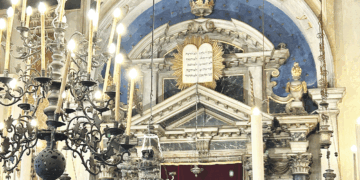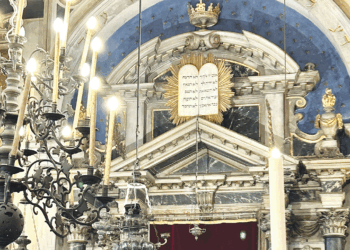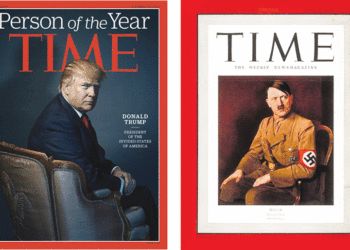Passover, which begins after sundown on Monday, April 18, has several names. It is commonly called Chag HaPesach, the Feast of Passover; or Chag HaMatzot, the Feast of Unleavened Bread. In Deuteronomy (16:1), God instructs us to observe Chag HaAviv, the Feast of Spring, which involves sacrifices, refraining from eating leavened bread, etc.
Pesach is also called Chag HaCheruteinu, the Feast of Our Liberation, which celebrates our deliverance from slavery in Egypt and the birth of the Jewish nation. In Exodus (6:6), God spoke to Moses: “I have now heard the moaning of the Israelites because the Egyptians are holding them in bondage, and I have remembered My covenant. Say, therefore, to the Israelite people: I am the Lord. I will free you from the labors of the Egyptians and deliver you from their bondage. I will redeem you with an outstretched arm and through extraordinary chastisements.”
The theme of liberation in the Passover narrative has inspired freedom struggles over millennia. Notably, the African-American freedom movements — from slavery in the 19th century, and from Jim Crow repression in the 20th century South — took the words of Exodus for songs of uplift: “When Israel was in Egypt’s land, Let my people go, Oppressed so hard they could not stand, Let my people go. Go down, Moses, Way down in Egypt’s land, Tell ol’ Pharaoh, Let my people go.”
In the late 20th century, Jews around the world rallied to the cause of freeing Soviet Jewry, and the cry again was “Let my people go.” Also, many contemporary haggadot include a remembrance of the Warsaw Ghetto Uprising, the anniversary of which coincides with the first seder night. Amid the brutality and carnage of the Shoah, European Jews still celebrated Passover and prayed for liberation.
And in 2011/5771, there doubtless will be some discussions around seder tables about the Arab Spring, the movement for freedom that began in Tunisia and has spread across North Africa and the Middle East. The events in Tahrir (Liberation) Square in late January riveted the world, as people power loosened the autocratic grip of a modern pharaoh. As protesters, mostly young, demonstrate for freedom in Jordan, Yemen, Syria, Iraq and Iran, we wonder how these events will play out. And we understand the impulse of a people to remove the yoke of oppression. The story of our deliverance from enslavement in Egypt provides a jumping-off place for discussions about modern struggles for freedom and justice.
If you would like some guidance on fashioning a contemporary haggada, a new Web site, haggadot.com, provides resources “for Jews of all backgrounds to make the Haggada that finally feels meaningful for a contemporary seder, with unique perspectives gathered from individuals worldwide.” This is essentially an interactive haggada; you can mix elements and print out a customized haggada in PDF format.
One example found on haggadot.com is the haggada for Rabbi Arthur Waskow’s Freedom Seder, which was first published in 1970. This is from the introductory note:
Forty years after the first Freedom Seder, new pharaohs have arisen. The institutional pharaohs of our day are pressing down not just one people, one community, or another, but all the peoples on our planet and the web of life itself. In this Freedom Seder, we address Dr. Martin Luther King’s warning about “the giant triplets of racism, extreme materialism, and militarism,” which have threatened the very earth that sustains us all.
For the Passover story reminds us: not only do new pharaohs arise in every generation; so also do new grass-roots movement to free ourselves from these new pharaohs. Forty years after the first Freedom Seder, America today stands also on the brink of hope, “mixing memory with desire, stirring dull roots with spring rain.”
There seems to be conflicting information about the most popular Jewish home observance in America; it is either lighting Hanuka candles or holding a seder. In any case, we hope that your Passover seder is joyous and meaningful.
The American Jewish World editors and staff wish all of our readers a Happy Passover.
— Mordecai Specktor / editor@ajwnews.com
(American Jewish World, 4.15.11)




















